Introduction to the Tarakiri People: Descendants of Tarakiri Ondo
The Tarakiri people, an ethnic group of the Niger Delta, trace their ancestry to Tarakiri Ondo, a legendary figure whose legacy still resonates in the heart of the region. The Tarakiri Kingdom’s rich history spans centuries, marked by resilience in the face of adversity and an unbroken connection to their ancestral roots. The people of Tarakiri, scattered across the Niger Delta, maintain a cultural and spiritual unity that has endured through both conflict and peace.
The Origins of the Tarakiri Kingdom and Its First Settlement
The original settlement of the Tarakiri people was at Obiama, a location now within the Brass Local Government Area of Bayelsa State. This peaceful community flourished until the outbreak of the Nigerian Civil War in the late 1960s, which forced many to abandon their homes and disperse across the central and western parts of the Niger Delta. The war disrupted their once-unified homeland, marking a pivotal moment in their history.
The Dispersal of the Tarakiri People Across the Niger Delta
In the aftermath of the Civil War, the Tarakiri people sought refuge in new areas, with many settling in the central and western Niger Delta. Communities such as Ayanma, Diebou, Igeibiri, Obolori, Oweikorogha, and Ozuzubiri flourished in the Southern Ijaw Local Government Area. Meanwhile, Ogbia Local Government Area saw the formation of settlements like Ayanma-Ogbia and Emakalakala. In the western part of the Delta, towns like Agbere, Angalabiri, Bulou Orua, Ebedebiri, and Toru-Orua became integral to the Tarakiri’s expanded territory.
The Rise of the Pere (King) of Tarakiri: A Symbol of Reunification
In the late 19th century, the Tarakiri people created the office of the Pere (King) as a means of reuniting the clan after their widespread displacement. This marked the beginning of a new political and spiritual era for the people, as the office of Pere was uniquely tied to the role of the Chief Priest of the clan deity, Ogbesu. The Chief Priest, the spiritual leader of the community, was also the political head, uniting religious and political authority in one position.
Pere Kpadia I: The First Pere of Tarakiri (1911–1919)
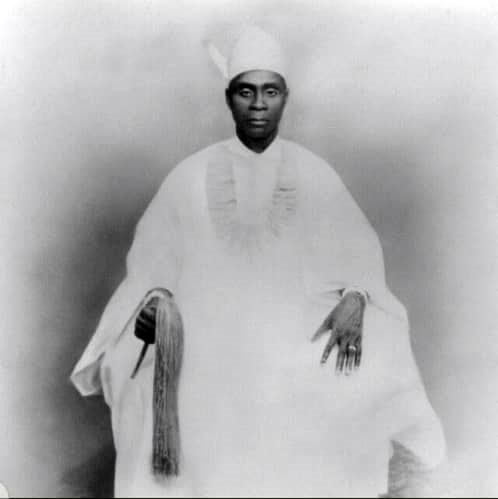
The first man to occupy the sacred stool of the Pere was Pere Kpadia Mein, who was installed in 1911. He became both the Chief Priest and the paramount ruler, a role that symbolized unity and spiritual leadership. His reign, marked by relative stability, ended prematurely with his death in 1919. His passing led to an interregnum, during which the people of Tarakiri eagerly awaited the emergence of a new Pere to restore balance to their community.
The Long Interregnum and the Search for a New Pere (1919–1934)
The period after Pere Kpadia I’s death was one of uncertainty for the Tarakiri people. A colonial intelligence report from 1931 revealed that the Tarakiri were still without a new leader. During this time, the British colonial administration introduced a Native Authority system of governance, which placed the eldest Tarakiri man, Chief Youmokode of Ebedebiri, as the acting head of the clan administration in 1930. Upon his death in 1933, his son, Chief Zinne Yournokode, succeeded him as the acting head, though the role of Pere remained vacant.
The Introduction of Electoral Monarchy: Tarakiri’s Chieftaincy Reform (1960)
In 1960, the Tarakiri people adopted a groundbreaking reform in their system of governance. The Tarakiri Chieftaincy Declaration, which outlined an elective mode of succession for the Pere, was registered in accordance with the Western Region’s legal framework. The new system allowed for a more inclusive selection process, with the kingmakers serving as the electoral college. This marked the end of hereditary succession to the office of Pere, allowing for the democratic selection of the kingdom’s ruler.
Pere Odogu Kpadia III: A New Era of Leadership (1963–1976)
In 1963, the people of Tarakiri elected Pere Odogu Kpadia III, the son of Pere Kpadia I, as their new Pere. His election represented the beginning of a new era of leadership and unity for the Tarakiri people. His reign was officially recognized by the Mid-West Nigeria government in 1967, further solidifying his authority. His rule ended with his death in 1976, marking the year when much of the Tarakiri clan was merged with Rivers State.
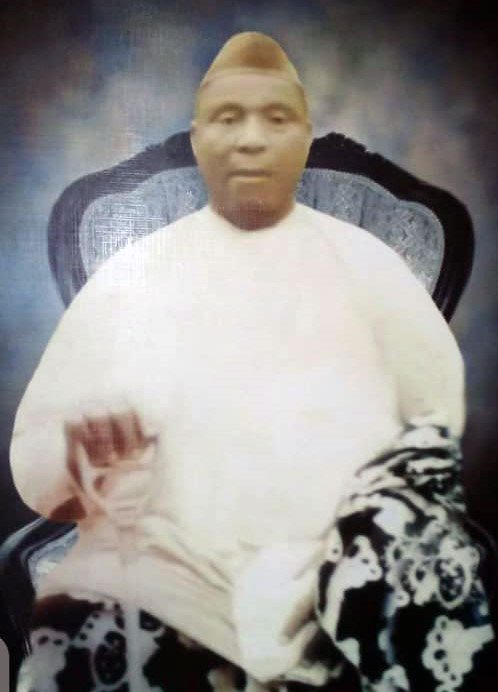
Succession Struggles: The Rival Claimants to the Throne (1979–1981)
The years following Pere Kpadia III’s death were marked by a bitter succession dispute. In 1979, two rival claimants emerged, both elected by competing groups of kingmakers. Pere Julius Waridoubo Hobobo, one of the claimants, was recognized by the Rivers State Government in 1981. His reign was short-lived, ending with his death in February of the same year.
The Rise of the Democratic Pere: High Chief H. S. Eseimokumoh (2000–2012)
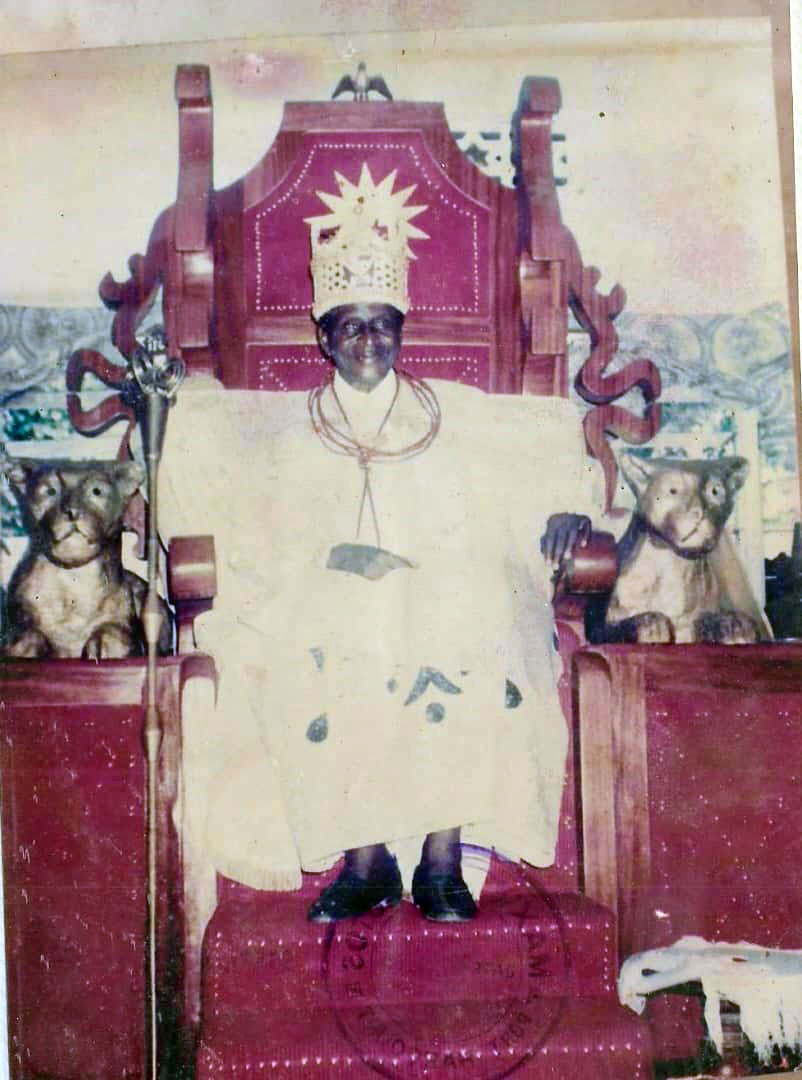
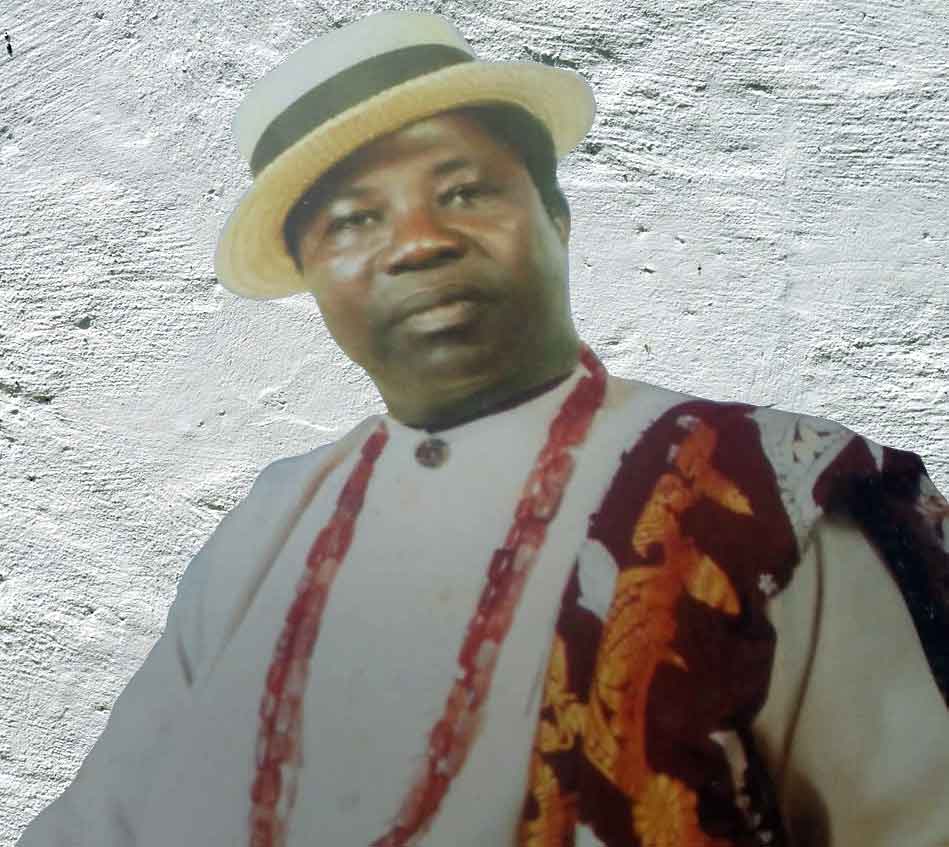
In 1993, the Tarakiri people took a decisive step forward in their political evolution. After the death of Pere Sampson Koroye Kpadia IV, the first democratic election of a Pere was held. High Chief H. S. Eseimokumoh was elected as the first democratically chosen Pere of Tarakiri in 2000. His coronation marked the beginning of a new era of leadership, but his reign was tragically cut short with his passing in 2012.
Engr. Richard Orukaribai Koroye: The Last Pere Before the New Era (2012–2022)
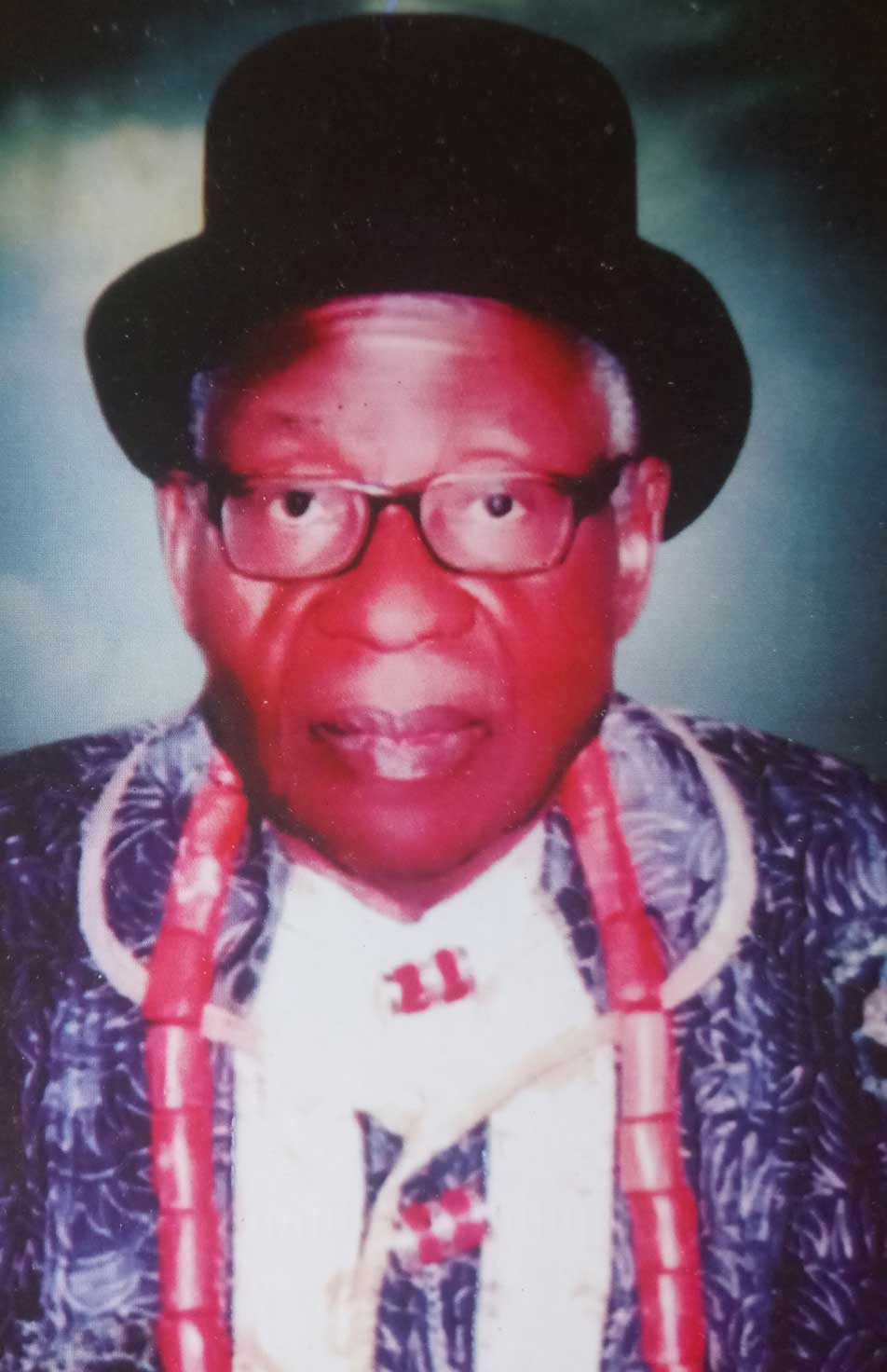
Following the death of High Chief H. S. Eseimokumoh, Engr. Richard Orukaribai Koroye was elected as Pere in 2012. His leadership brought a period of continued growth and stability for the Tarakiri Kingdom. Sadly, his reign was also marked by his untimely death in October 2022, leaving the kingdom to transition once again.
The Coronation of Dr. Seiyifa Koroye: The New Pere of Tarakiri (2023)
In September 2023, the Tarakiri Kingdom saw the election and coronation of Dr. Seiyifa Koroye, a retired academic from Toru-Orua, as the new Pere. His ascension to the throne symbolizes both the continuation of the Tarakiri legacy and a commitment to a brighter future for the kingdom. His coronation, held on September 9, 2023, marked a new chapter in the history of the Tarakiri people.
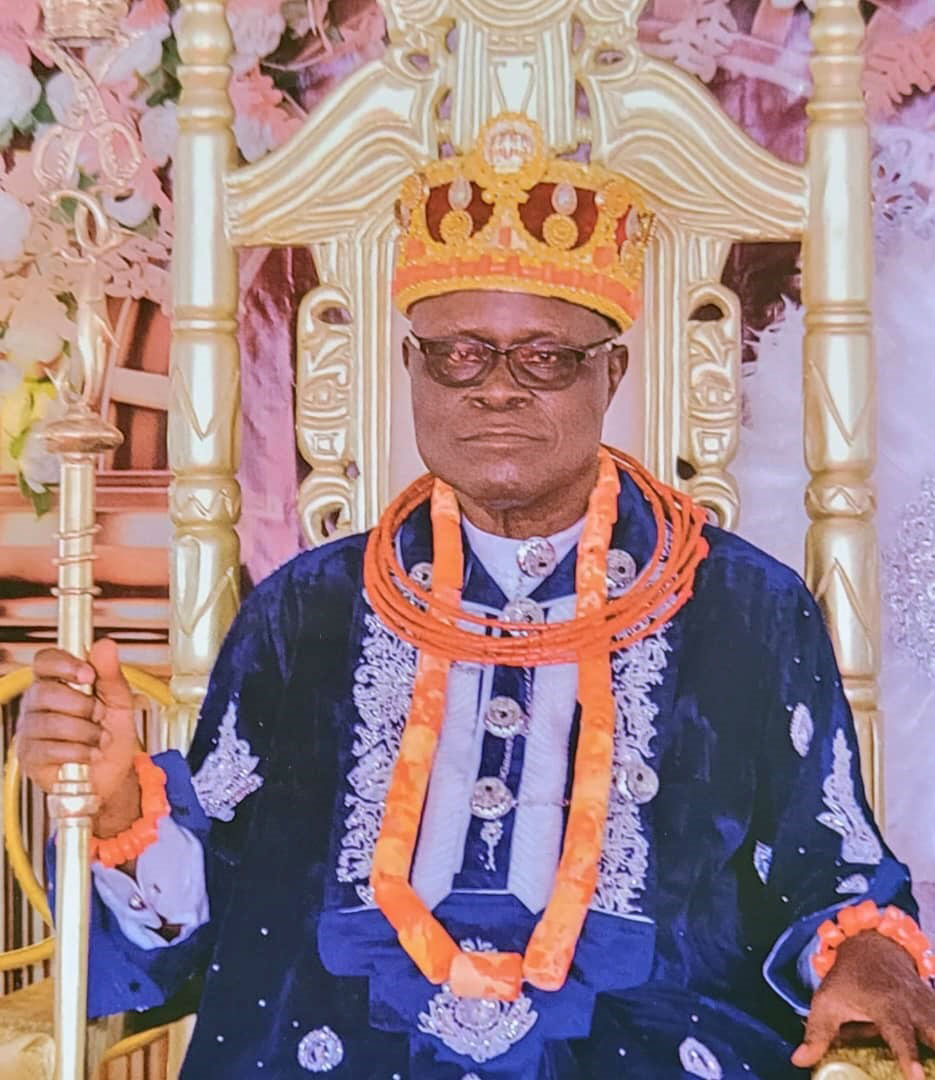
Notable Tarakiri Kings: Leadership Across Communities
The Tarakiri Kingdom has seen numerous leaders rise to prominence in various communities across Southern Ijaw and Patani Local Government Areas. Notable kings include:
- King George Deinkoru (Asene I) – Igeibiri Community (1962–1969)
- King E.B. Opulo (Asene II) – Oweikorogha Community (1969–1975)
- King A.A. Taribi (Asene III) – Oweikorogha Community (1975–1981)
- King Silas Dodo (Asene IV) – Obololi Community (1981–1999)
- King G.A. Week (Asene V) – Anyama Community (2004–2019)
- King Oliolio Rufus Ibo (Asene VI) – Ozezebiri Community (2021–present)
In Patani Local Government Area, key figures include:
- High Chief Roland Hitler Agboro (Ebedaowei) – Odorubu Community (1997–2003)
- High Chief Akpolaotu Churchill Owoupele (Ebedaowei) – Adobu Community (2006–2020)
- King Dr. Danladi Foubiri Owoupele (Angulu I) – Adobu Community (2021–present)
The Enduring Legacy of the Tarakiri Kingdom
The history of the Tarakiri Kingdom is a testament to the strength, unity, and resilience of a people who have endured centuries of trials, displacement, and transformation. From the early settlement at Obiama to the modern-day leadership of Dr. Seiyifa Koroye, the Tarakiri have remained steadfast in their commitment to preserving their heritage and advancing their community. The kingdom’s future looks bright as it continues to honor its past while embracing new forms of governance.

